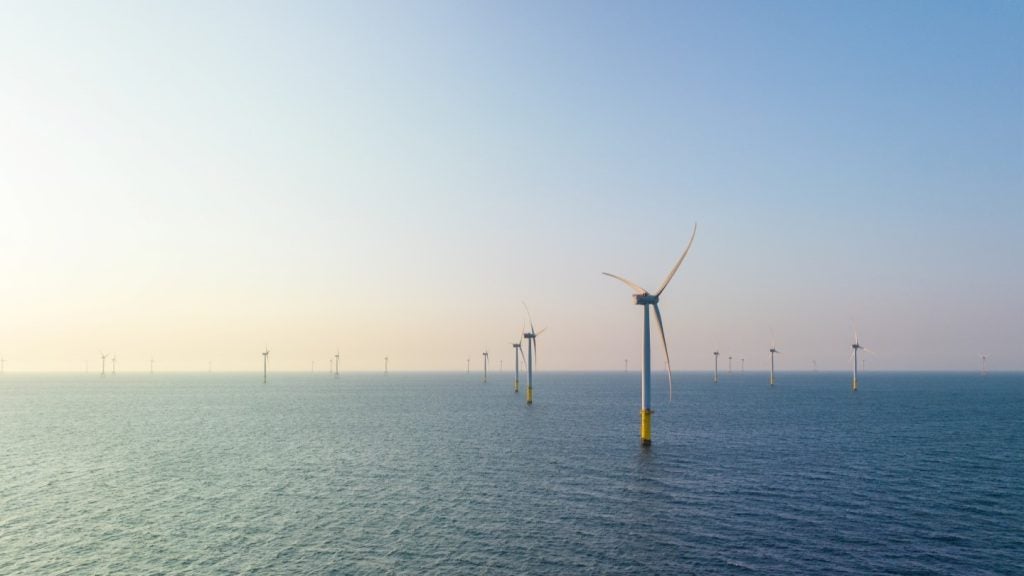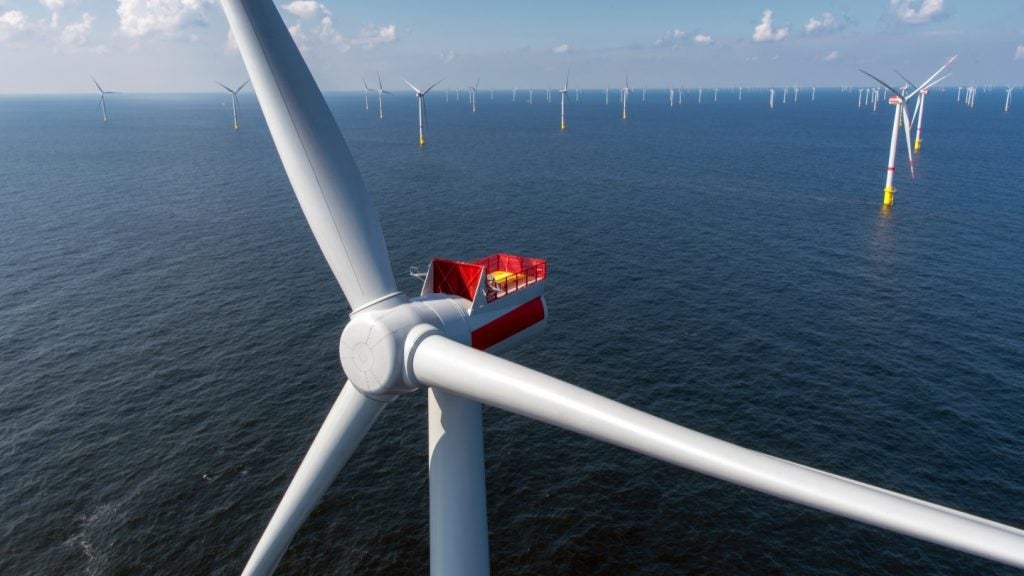

Carbon capture and storage (CCS) – by which coal and gas plants can separate CO2 from their flue gases before sequestering them in underground reservoirs, eliminating their effect on the atmosphere – has long been trumpeted as an important technology to mitigate the environmental impact of fossil fuel-fired energy infrastructure, which, practically, isn’t going anywhere soon, especially in developing countries.
Despite years of investment and development, however, CCS is still far from an established technology, as the processes currently being explored suffer from shaky environmental credentials (the energy used to separate CO2 somewhat offsets the gains from removing it) and a precarious business case for widespread deployment in terms of its commercial value.
How well do you really know your competitors?
Access the most comprehensive Company Profiles on the market, powered by GlobalData. Save hours of research. Gain competitive edge.

Thank you!
Your download email will arrive shortly
Not ready to buy yet? Download a free sample
We are confident about the unique quality of our Company Profiles. However, we want you to make the most beneficial decision for your business, so we offer a free sample that you can download by submitting the below form
By GlobalDataWith CCS on the rocks, perhaps now is the time for some unconventional ideas. Just one such idea was recently floated by University of Aberdeen senior lecturer in chemical engineering, Professor Tom Baxter.
Inspired by The Guardian newspaper’s high-profile Keep it in the Ground campaign, which worked to persuade industry and governments that hydrocarbon resources need to be left untapped to limit the impacts of global warming, Baxter brainstormed a novel idea – what if oil and gas deposits could be left in the ground, but still remain available as an energy resource? In other words, what if we could have our cake and eat it too?
“My ‘keep it in the ground’ was: ‘Yeah well, we could do that and still get the prize, which is the energy from it,’” says Baxter, who has several decades of experience in the oil and gas industry, having joined the British National Oil Corporation in 1980 and subsequently working for its privatised successors BritOil and BP. He still carries out consultancy work in the industry as technical director of Genesis Oil & Gas Consultants.
In-situ combustion and the offshore power plant concept
Baxter’s idea, which he originally wrote about in an editorial for The Conversation in January, posits that offshore oil platforms, in the North Sea, for example, could be converted into offshore power stations through in-situ combustion. In-situ combustion has been used for decades in the oil and gas industry to extract heavy-oil; oxygen is injected to burn the hydrocarbons within a reservoir, thereby thinning the heavy-oil and vaporising lighter components.
Baxter’s concept takes the process a step further; burning hydrocarbons in their reservoirs could provide the heat required to generate steam, which could then be piped to the surface to drive turbines for electricity generation. In this way, the energy potential of remaining oil and gas deposits could be tapped without removing the hydrocarbons and releasing their harmful emissions into the air.
“How it would work would be, you would compress oxygen-enriched air into the reservoir, and then you would induce a fire front,” says Baxter. “So you ignite that with the hydrocarbons that are down there, and then as the fire front progresses, you would carve a line for the fire front. What I would envisage is boiler feed water going down an inner pipe, then coming out and circulating back over an annulus, and the annulus is in contact with the fire front. So you vaporise the boiler water. That’s then taken to the surface, and effectively you’ve now got steam for power generation.
“You would have to DC-rectify it, and then send it ashore. I can see some synergy with offshore windfarms – they have electrical gathering stations out there, which marshal the various wind stations and then take that ashore. My thought was to hook up with that.”
Baxter stresses that this idea is the product of outside-the-box thinking and is intended to stimulate industry and academic discussion. Nevertheless, the ongoing difficulties involved in CCS development make it an attractive concept, despite some major uncertainties over how it would work in reality.
An alternative to CCS?
On top of the momentum behind the Keep it in the Ground campaign, Baxter was also partly inspired by the flaws of the CCS concept, which he believes is currently not viable with current technology costs and low value ascribed to CO2.
“The fact that [CCS] is energy-intensive is a bit self-defeating,” he argues. “I’ve worked on a number of carbon capture schemes, and to be honest with you I couldn’t see how they would work. The only way I could see carbon capture working is if our society would start to value carbon much more than we do at the moment, or if you drive the costs down for carbon capture, and in 30-odd years, I haven’t seen this sort of step change in technology that I think you would need to get almost an order of magnitude in savings.”
The offshore power plant concept could hold significant advantages over CCS. For a start, it’s based on proven technologies already used in the oil and gas industry, although they would need to be expanded and adapted to make the switch to steam-based power generation.
All hydrocarbons would remain in their reservoirs, and having the power generated on-site would mitigate the inefficiency of transporting hydrocarbons and CO2 back and forth between onshore power plants and remote reservoir sites.
Burning hydrocarbons underground could also potentially help extend the life of mature oilfields, a stated aim of the UK Government’s strategy to maximise economic recovery from the North Sea. “Generally when you’re abandoning an oilfield, 30% of the original oil is still in place that you can’t recover,” Baxter says. “So could you burn it out?”
A mountain to climb: could the idea really work?
As appealing as Baxter’s idea sounds on paper, there’s no denying that there are a great many challenges to address and uncertainties to quantify before in-situ power generation could be achievable at oil and gas fields. Just from a technical perspective, Baxter describes the challenges as “pretty fierce”.
“The biggest of the technical concerns is how much heat you can get back, and what is the fate of your combustion products?” he ponders. “Could those combustion products, in some way, prejudice the integrity of the existing geological seal that’s keeping the oil and gas in there? The well would also have some real design considerations, even the metallurgy of it, thermal growth, all that kind of stuff.”
Financial challenges abound as well, with many cost multipliers coming into the equation. Laying subsea cables for power transmission, for example, could run into the tens or hundreds of millions, while subsea modifications such as “peppering the reservoir with numerous steam wells” could also be hugely expensive, Baxter notes.
Early development would likely have to take place at onshore oil and gas sites, where costs tend to be lower. Onshore pilot projects could be used to assess the technical feasibility of the process and identify issues before ramping up towards offshore deployment, a process Baxter says would likely take a decade or more.
But from where would the investment for such a radical and expensive concept come? Baxter doubts that co-ordinating private investment from a disparate oil and gas sector would be sufficient, and therefore public money would likely need to drive the extensive testing required to validate the idea.
Given the commitment that would be required, there’s an obvious question: would it all be worthwhile? Do we need hydrocarbons enough to pursue this idea rather than simply continuing to transition towards renewables, energy storage, demand response and so on? Baxter openly admits that he doesn’t have an answer to this fundamental question.
But given that the UK Government has already spent more than £100m on failed CCS schemes, he does make the point that basic validating investigations could be carried out for just a fraction of this cost.
However, in the end, disruptive thinking of this kind exists first to stimulate conversation and debate, and even if this idea ends up being too ambitious to be realistic, it may still inspire inquisitive minds to pick up the torch and carry it forward in a different way.
“I think I’m the only one talking about it,” Baxter says with a wry chuckle. “But if you’ve got some blue-sky stuff and you can write it up in an accessible way, you can actually flush out some interest and it sparks ideas from other people, who might want to take it up and have a look at it.”








